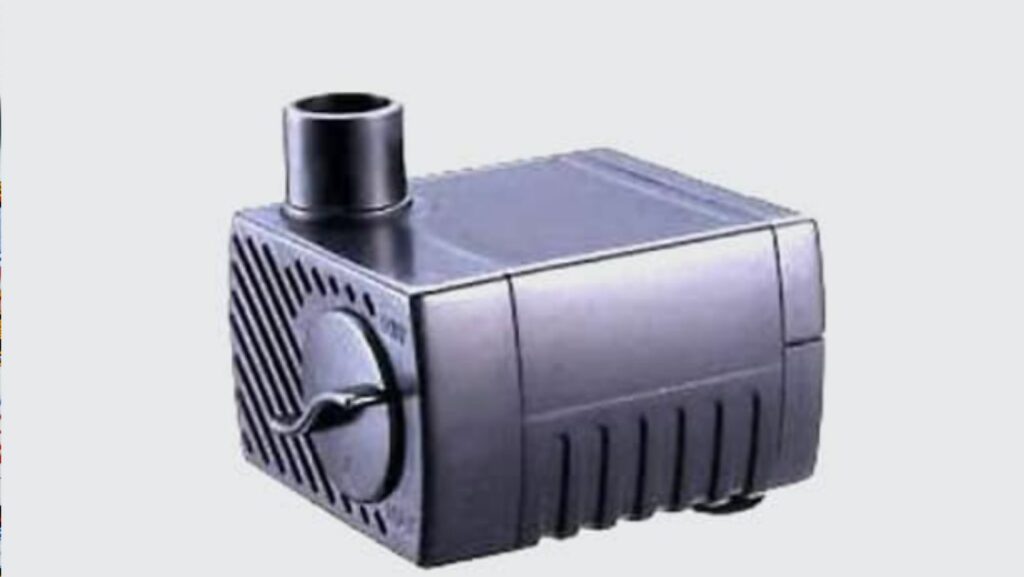
Choosing the right pond pump is crucial for ensuring the optimal performance of your fountain while maintaining its aesthetic appeal and operational efficiency. A well-chosen pump will not only enhance the beauty of your garden but also contribute to the health of your aquatic environment. Here are comprehensive tips to help you select the best pond pump that suits your fountain’s needs.
Understanding Fountain Pond Pumps
Before diving into the specifics, it’s important to understand what a pond pump does. A fountain pond pump is an essential component for maintaining the circulation and aeration of water in a fountain or pond. It helps in creating appealing water features like sprays or cascades, which not only enhance the aesthetic of a garden but also promote a healthy aquatic environment. By circulating the water, the pump prevents stagnation, reduces algae growth, and supports aquatic life by increasing oxygen levels. Selecting the right size and type of pump is crucial for efficiency and achieving the desired water flow.
Determine the Right Size
The first step in choosing a pond pump is determining the right size. This depends primarily on the volume of water in your fountain. As a general rule, the pump should be able to circulate the entire volume of the pond water at least once every two hours. To calculate the ideal pump size, measure your pond’s volume (length x width x depth) and then find a pump that can circulate that amount of water in the desired timeframe.
Consider the Pump Type
There are two main types of pond pumps: submersible and external. Submersible pumps are placed directly in the water, making them easier to install and quieter than external pumps. They are ideal for smaller or medium-sized ponds. External pumps, on the other hand, are more suitable for larger ponds or when higher water flow rates are needed. They require more complex installation but are easier to maintain and often more energy-efficient.
Look for Energy Efficiency
Energy efficiency is crucial, especially if the pump will be running continuously. Look for pumps that have an Energy Star rating or those that are designed to consume lower power.

An energy-efficient pump can significantly reduce your long-term costs, even if it’s more expensive upfront. Consider models with variable speed settings, which allow you to adjust the flow rate based on your current needs, further saving on energy usage.
Check the Maximum Head Height
The maximum head height of a pump is the highest height to which it can lift water. Ensure the pump you choose has a head height that is at least equal to the vertical height from the surface of your pond water to the highest point of your fountain’s discharge. If your fountain includes a waterfall or other features that require water to be lifted, this factor becomes even more crucial.
Evaluate the Flow Rate
The flow rate, typically measured in gallons per hour (GPH), is another important consideration. A higher flow rate is necessary for creating dramatic fountain effects or operating additional features like waterfalls. However, it’s important to match the flow rate with your fountain’s design to avoid overpowering and splashing water out of the pond.
Assess the Noise Level
For many, a fountain is a place of relaxation and tranquility. Therefore, choosing a pump that operates quietly is essential. Submersible pumps are generally quieter than external pumps, but advancements in technology have significantly reduced the noise levels of most modern pumps.
Maintenance and Durability
Opt for a pump that is easy to maintain. Consider the accessibility of replacement parts and the simplicity of cleaning.

Also, look for pumps constructed with durable materials that can withstand the rigors of pond conditions, including corrosion resistance. Pumps with solid warranties and good customer support from the manufacturer can also provide peace of mind.
Cost Considerations
While the initial cost is an important factor, consider the operational and maintenance costs as well. A cheaper pump might save money upfront but could cost more in the long run due to higher energy consumption or frequent replacements. Invest in a quality pump that balances upfront cost with efficiency and durability.
Conclusion
Choosing the right pond pump for your fountain involves careful consideration of various factors, including size, type, energy efficiency, noise level, and more. By taking the time to evaluate these aspects, you can ensure that your fountain not only looks stunning but also operates efficiently and economically. Remember, the best pond pump is one that fits your specific needs and enhances the beauty of your garden oasis.
This comprehensive approach ensures that every aspect of your pond’s health and aesthetics is addressed, leading to a serene and inviting garden environment. Whether you’re a seasoned gardener or a novice looking to add a touch of tranquility to your outdoor space, following these guidelines will help you make an informed decision that you’ll be satisfied with for years to come.












